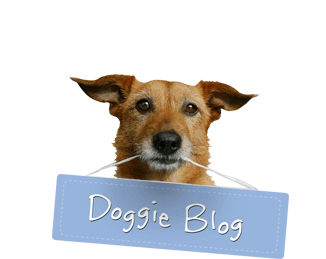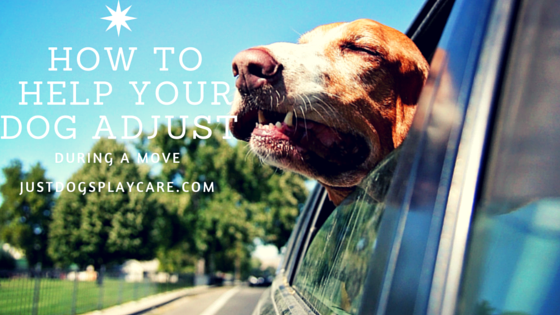
By Carol Besler-Snell on 06/17/2016

How to Help Your Dog Adjust During a Move
Moving affects all family members, including your pets. For dogs, a move can be stressful because they love routine. Any changes in their routine can cause anxiety. At home, dogs get very used to their current environment, house design, and climate. So major changes to these things can really affect some dogs. Here are some ideas on how you can make the move easier for your dog.
Prepare Your Pooch for the Move
In the midst of all the packing and moving arrangements, your dog will notice that things are not usual. Talk to your dog about what’s going on in an upbeat tone. Try to be excited and involve your dog in the packing process. The more you communicate to your dog, the better he or she will feel about things. Take breaks in packing to take your dog for a walk or play with a toy, especially if you notice your dog looks a little down or confused. Although dogs don’t understand whole sentences of English, they pick up their cues from you, their master. The more positive and inclusive you can be, the better your dog should feel.
Avoid Changing Your Dog’s Routine
This may be hard when packing and getting ready for a big move, but remembering to keep your dog on his or her normal schedule will help things feel less “different.” Do all the things you normally do—feed at regular times, take walks as usual, cuddle and play, give kennel time, etc. After moving to your new home, try as much as possible to maintain the dog’s schedule as well. Maintaining a normal schedule allows him or her to concentrate on adjusting to the new environment and neighborhood.
Take Along Your Dog’s Favorite Things
You may be tempted to throw old dog toys away during a move and buy others when you settle. But don’t. Those old toys are familiar. They have smells from your dog and your old home. This kind of consistency will help your dog feel better about the new place. New toys may be fun, but the old ones are comforting. Also keep as many other things the same as possible—bed, food and water bowls, toy bin, kennel. Find similar places in your new house to put your dog’s things. He or she will thank you for it!
After Arriving, Take a Brisk Walk Together
A walk is a great way for your dog to expend both physical and mental energy—plus it’s good exercise for us humans. Make the first walk relatively short—maybe 20 minutes or so. Take time to stop in various places with your dog so you can help him or her explore the new environment and neighborhood. After the outside walk, show your dog around the new house by walking him around on leash, going into each room, opening doors and helping the pooch find his way around. Although dogs find comfort in familiar things, most also enjoy exploring new places. Your attitude and tone of voice can help your dog feel excited about the new surroundings!
Keep Your Dog Safe
Moving day can be busy and stressful, with all the humans involved in the important issues of packing. Make sure you are aware of where your dog is at all times during this process! If your dog seems scared by the sight of boxes or furniture moving, consider putting him in a kennel for safety. Also important to remember—both at your old house and at your new house—people will be going in and out of doors a lot, sometimes propping them open to carry things in. Make sure your dog is securely in a kennel, fenced yard, or other safe place during this time so he or she does not escape! Remember, your dog does not know this new neighborhood, so you don’t want him or her to get lost out there! If you can’t contain your dog during this time, consider sending him or her to daycare or to a friend’s house so you can keep the pup safe! Also remember that there are plenty of things to get into that may not be safe for your dog—such as food or plants in boxes. Never let them rummage around without human supervision until everything is unpacked and in a safe place!
The more you can do to involve your dog in all you are doing—from packing to unpacking—the better your dog will feel about his or her new surroundings. And after all, you want to make sure every member of your family is happy about the move—even the pooch!


